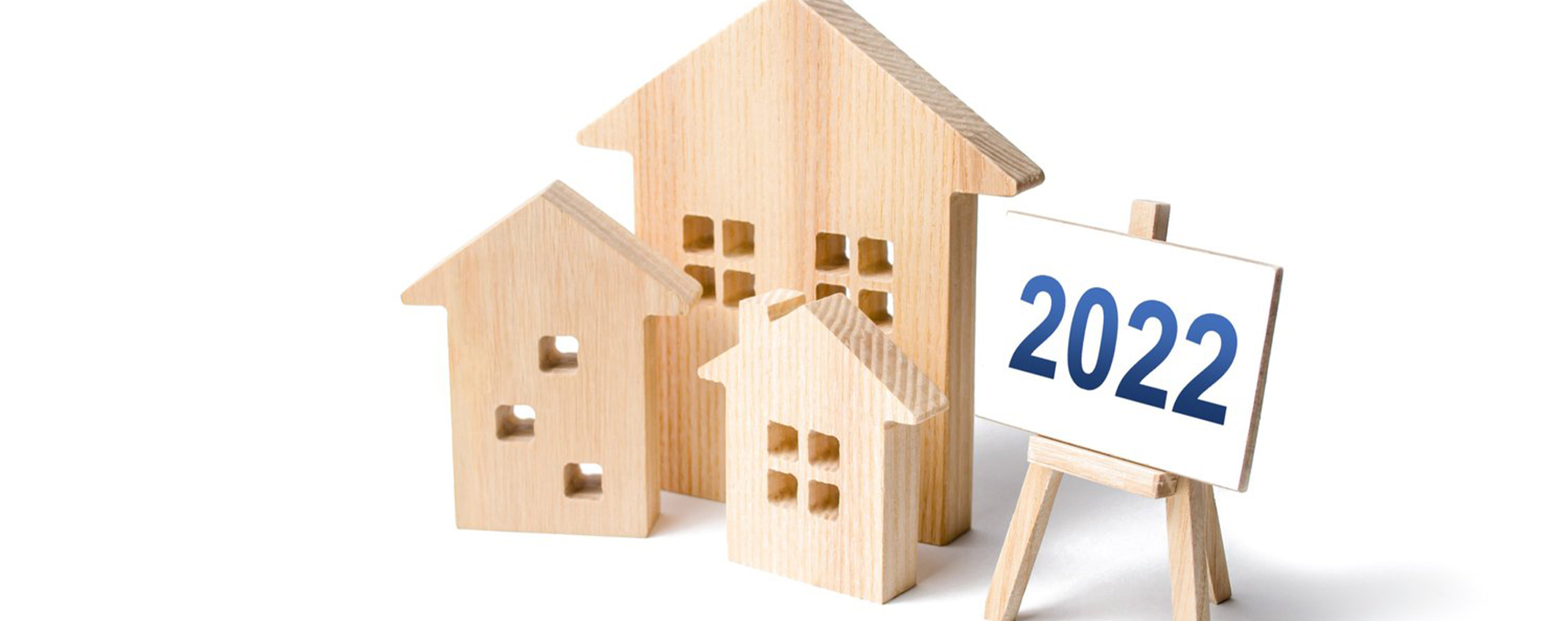
As a proof of the days, Ontario’s condos have gotten (even) smaller, whereas detached homes have gotten larger.
According to the Municipal Property Assessment Corporation (MPAC), condominiums area unit 35% smaller on the average than they were 25 years ago, whereas the common detached house is 25% larger. MPAC tracks property knowledge across the province and says it’s looking to examine if this decades-long pattern continues.
Back within the mid-1990s, the common habitation in Ontario peaked at some 1100 sq. ft. Now, the foremost recent MPAC knowledge shows that the common habitation these days is regarding 700 sq. ft.
“As land values increase, we have a tendency to see additional units on one property, which implies several of these individual units area unit smaller,” says Greg Martino, MPAC Vice-President and Chief Valuation and Standards Officer. “Because condos area unit historically a serious entry purpose for first-time home patrons and investors, the marketplace for the smaller units has remained quite robust.”
According to MPAC, an analogous trend toward smaller units is additionally evident within the townhouse market, with stacked townhouses — multiple units created vertically on one ton — being engineered rather than ancient row townhouses.
Currently, amongst Ontario’s major urban centres, the common habitation size in provincial capital is 850 sq. linear unit — the tiniest in Ontario (a figure that’s seemingly not stunning to provincial capital residents). Windsor is next with a median of 854 sq.ft, followed by Horatio Herbert Kitchener (884 sq. ft.) capital of Virginia Hill (892 sq. ft), and Hamilton (907 sq. ft). For those seeking additional way, Barrie, Burlington, and Oakville area unit all municipalities with a number of the most important average condominium sizes, at quite 1,000 sq. ft.
When it involves single-family homes, in markets wherever land is comparatively cheap, larger family detached homes area unit being developed. as an example, single-family detached homes were some a pair of 2,000 sq. linear unit within the mid-90s and these days a typical single-family house is around a pair of 2,500 sq. ft.
“These area unit long-standing trends which will seemingly continue,” Martino says. “It are fascinating to examine whether or not the modification in shopper preferences and behaviours over the last few years, plus recent economic drivers, like inflation and rising interest rates, can alter the pattern,” he continued.
For those who could afford it, a re-evaluation of living spaces during the thick of the COVID-19 pandemic resulted in a craving for more living space and subsequent moves to larger homes. But even before things like home offices became essential for many, home preferences have shifted from the previous generation. Gone are the days when one family shares a single bathroom in a house, or when a tiny kitchen could adequately serve a busy household — back before wide open-concept living and sprawling kitchen islands became a widespread reality. So, it’s safe to assume that the trend for larger homes will stick around.
On the habitation front, micro-condos gained fast traction within the past decade. whereas they’ve been each celebrated and criticized, the truth is — particularly in cities like provincial capital — that there'll be a marketplace for little areas, as desperate homebuyers take what they'll get so as to enter the progressively unrealizable housing market.
So, will size matter? Well, it depends on United Nations agency you raise — those within the marketplace for detached homes, or those hoping to easily score a slice of notoriously expensive markets during a climate of enthusiastically interest rates.